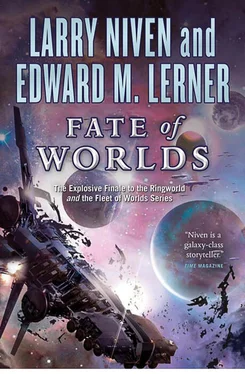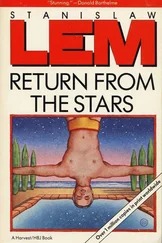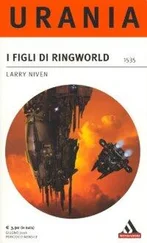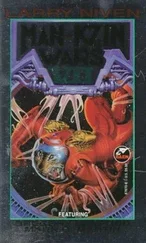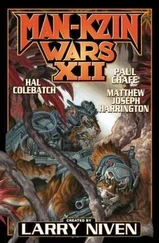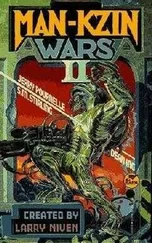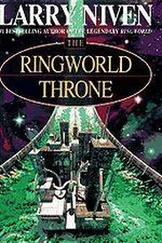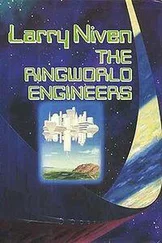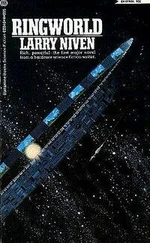“Hull compositions,” Louis repeated skeptically. “By spectral analyses?”
“Only rarely. In most cases the reflected light is too dim for that,” Hindmost said. “But among our sensor upgrades is something new. It appears that hull surface subtly influences the normal-space bubble that protects a ship from hyperspace. Those hints about hull material get imprinted onto the ripples made when ships enter and leave normal space.”
“That doesn’t sound possible,” Louis said.
“Hyperwave interacts with radio gear to perform hyperwave communications. These new sensors are little different, in principle.”
“In principle.” Louis laughed. “So we again have Tunesmith to thank.”
Hindmost shivered. “I am glad to be rid of protectors.”
“Back to identifying a particular ship for this correlation,” Louis said. “Among the larger formations, there must be many ships of a given type.”
“That is problematical,” Voice agreed. “When similar ships set out together and part ways in hyperspace, I cannot know which vessel went where.”
“Voice will tell us if he cannot do the correlation,” Hindmost said. As he will, because this may be the craziest idea I’ve had since … coming to the Ringworld.
“I have done the correlation,” Voice said. “While we spoke.”
Hindmost hesitated to ask. Suppose a correlation did exist. Would he dare to act on it? Hope and intuition struggled with innate caution.
“And?” Louis prompted.
“I find a correlation,” Voice said. “One ship.”
Louis blinked. “How did you know?” he asked Hindmost. “What was that pattern?”
“It is from a favorite performance of the Grand Ballet on Hearth. From a day I shared with someone very important to me.”
“Nessus?” Louis guessed.
“As you say.” Hindmost shivered, for how could Nessus be here ? He had left Nessus on New Terra, the world that had for so long been their home. “Of course many know that ballet.”
“Is the dancing ship from the Fleet?” Louis asked.
“Doubtful,” Voice said. “It does not have a General Products hull.”
“You can be sure of that?”
“That it is not a General Products hull? That, Louis, I can say for certain. This one ship interacts with hyperwave quite differently from the obvious Fleet vessels.”
“Anything more?” Hindmost asked.
“Possibly. With so many hyperdrive emergences in this region I am uncertain. I first noticed that particular hull material only a day ago.”
“A new ship type,” Louis said. “An appearance two months after the Ringworld disappeared. It sounds like some new player came to see what’s happening here.”
Hindmost’s mind raced. After many years away, he could not know exactly where New Terra had traveled. Most likely, a New Terran ship could have reached here by now. It could be Nessus aboard that ship.
Assume for the moment that the new arrival had come from New Terra. Maybe, Hindmost thought, he could establish New Terran provenance another way. “Of what material is that new ship constructed?”
“I cannot tell,” Voice answered. “Our instruments sense differences among hulls, but they have not been calibrated to identify specific materials from hyperwave interactions.”
“And if we get a little closer? Perhaps, a light-hour?” Hindmost persisted. “Could you then remotely identify the hull material by spectral analysis?”
“Belay that,” Louis said. “Hindmost, I don’t understand. How does knowing the hull material tell you who is aboard?”
“Trust me that it might.” If the hull is of a particular material. The explanation would tread too close to secrets long kept from Louis. “Voice. How close?”
“Not where the ship is now,” Voice said. “Nearer the star, with brighter light, then yes.”
“Does the music in your head say where that ship will go next?” Louis asked.
Hindmost considered. The endpoints of jumps had not caught his eye, only the timing. Was he missing a vital clue? But no: the ballet was performed on a stage, the dancers’ graceful leaps circumscribed by gravity. The ship that he watched so hopefully darted about in three dimensions. “No. Only when.
“Keep watch on that ship,” Hindmost added to the AI. “Tell me when it is near enough to the star for spectral analysis from a light-hour away, and when Long Shot could approach it with no other ship any closer.”
“Approaching an unknown ship? That seems very brave of you,” Louis said.
Hindmost turned both heads to stare. “There is no reason to be insulting.”
* * *
HINDMOST HAD BEEN STUDYING bridge displays for hours. His eyes ached. His thoughts grew fuzzy. He needed sleep.
He sang aloud the next several bars of the libretto that echoed in his brain, ordering Voice to watch for the mystery ship’s next moves.
Louis wandered past the bridge yet again.
Hindmost closed his eyes but sleep refused to come. Fuzzy or not, his thoughts kept churning. Dancers. Ships. Leaps. Danger all around. Leaps. Partway home (well, Home, in any event), and back.
His eyes flew open. Louis had flown Long Shot much farther than he had allowed Voice to take it. “Voice, were internal instruments active during the hyperspace move toward Home?”
“They were.”
“Bring up the data.”
Displays lit on an arc running halfway around the bridge. Necks craning, Hindmost took it in, now and again reaching out to scroll deeper into the recordings. On other monitors, he reviewed data gleaned from studies of the Ringworld’s disappearance.
Patterns in the data reminded him of something, but for the longest time he could not put his tongue on it. An odd coincidence, he decided. He had seen such patterns before.
Long ago he had tried to reverse engineer the planetary drives purchased from the Outsiders. It was a desperate undertaking, to be sure — moving worlds involved vast energies — but not quite as insane as getting overrun by the genocidal Pak. Instead of discovering how the planetary drive worked, he had succeeded only in learning the many ways in which it might destabilize —
And that the energies so unleashed could vaporize a world.
Of course, very different mechanisms sometimes shared a mathematical description, as with pendulums and electronic oscillators. This parallelism surely meant nothing. Still, sometimes having an analogy suggested new ways to approach a problem …
Sipping from a drink bulb, his exhaustion forgotten, he thought how, while in office, he had opposed — to the modest extent Ol’t’ro tolerated opposition — the unending study of this ship. He thought how his newfound obsession with understanding the Type II drive would amuse Ol’t’ro. He thought about —
He straightened on the uncomfortable crash couch. His eyes closed, this time in concentration. For all the Ministry’s years of study, he had something they did not: protector-built instruments. And now he knew something they did not.
How to toggle the Type II drive to and from Type I speed.
The new hyperspace physics with which he dabbled remained incomplete, and yet — with Tunesmith’s help — he had made more progress in days than Ol’t’ro and the Ministry of Science together had in more than a century. Chords of triumph rose in his throats. Maybe he could barter for the Concordance’s freedom. This was his greatest insight since —
Reality crashed down. His greatest accomplishment since discovering how to destroy General Products hulls from a distance, without antimatter.
Long Shot had been built well before hulls were redesigned against such attacks.
Читать дальше
